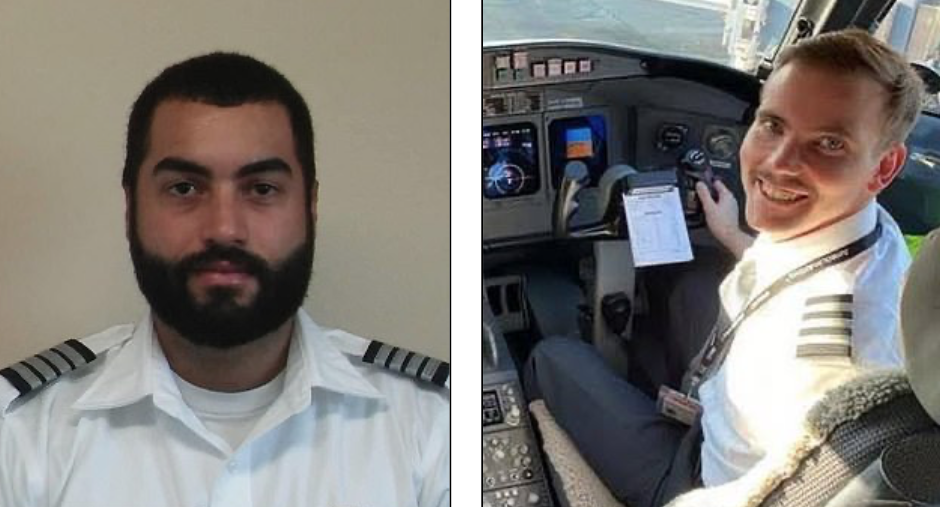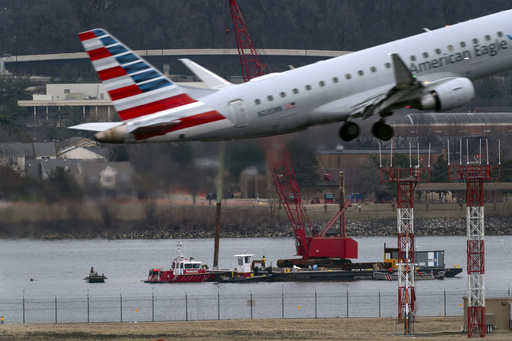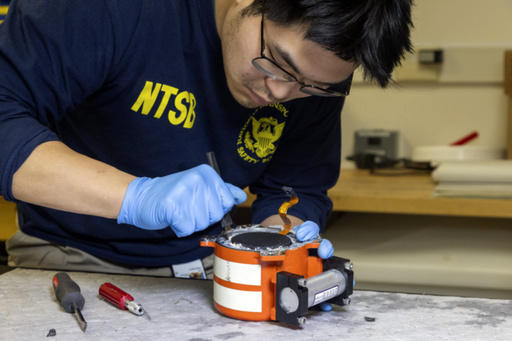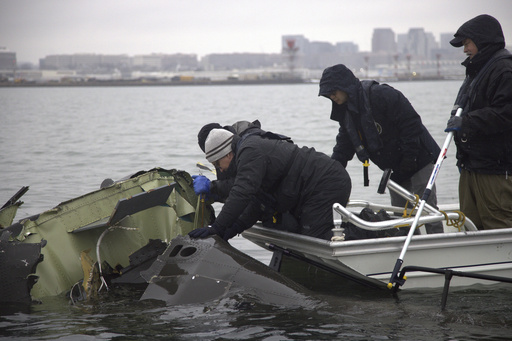The pilots of the doomed American Airlines jet made a desperate last-second attempt to save their passengers before colliding with a U.S. Army Black Hawk helicopter over the Potomac River.

Captain Jonathan Campos, 34, and First Officer Samuel Lilley, 28, tried to lift the plane’s nose just seconds before impact, according to preliminary data from the aircraft’s flight recorder.
Flight Data Reveals Critical Moments Before Impact
NTSB investigator Todd Inman confirmed in a Saturday press conference that the data showed a “slight increase in pitch” right before the crash. The move suggests the pilots recognized the danger and tried to react, though it was too late to avoid the catastrophic collision.

Officials also revealed conflicting altitude data. The jet’s flight recorder placed the aircraft at 325 feet, while the control tower data indicated the Black Hawk was at 200 feet. The discrepancy has yet to be explained, but if the crash happened at 325 feet, it would place the helicopter well above its permitted flight level.
Investigation Underway as Recovery Continues
Authorities are still searching for the Black Hawk’s black box to determine its precise altitude at the time of the crash. The NTSB is working to piece together the full picture, but a final report could take more than a year.

So far, first responders have recovered and identified 55 of the 67 victims in what has become the deadliest U.S. air disaster since 2001. A major salvage operation is set for Monday to lift the wreckage from the river.
Victims’ Families Demand Answers
As recovery efforts continue, grieving families visited the crash site, many struggling with anger and unanswered questions. “They are all hurt. And they still want answers,” Inman said.
More than 300 emergency responders have been involved in the rescue and recovery mission. The Army Corps of Engineers is leading the wreckage retrieval, prioritizing the respectful recovery of remains.
Aviation Experts Question Tower Staffing
Federal officials are also investigating air traffic control procedures at Reagan National Airport. An FAA report noted that a supervisor combined two key control duties earlier than usual on the night of the crash—an unusual move that may have played a role in the tragedy.

Transportation Secretary Sean Duffy vowed to address air traffic staffing shortages, a long-standing issue in the U.S. aviation system.
A Nation Mourns as Air Safety Concerns Grow
The tragedy has sparked renewed scrutiny of flight safety around Washington, D.C., where congested airspace presents constant challenges. Meanwhile, the U.S. was hit with another aviation disaster on Friday when an air ambulance crashed in Philadelphia, killing all six people on board.
With no survivors from Wednesday’s mid-air collision, investigators are now racing to determine what went wrong—and whether it could have been prevented.




